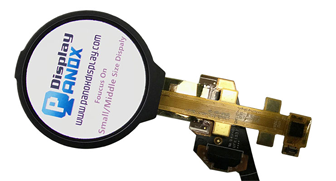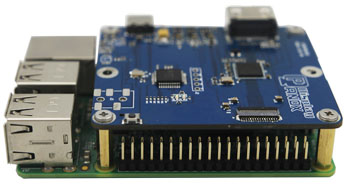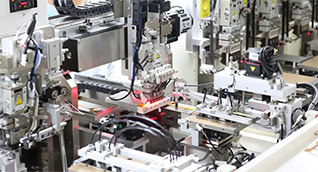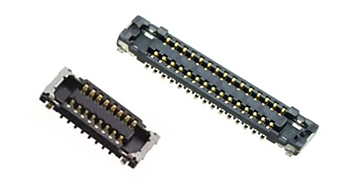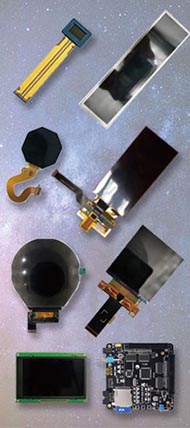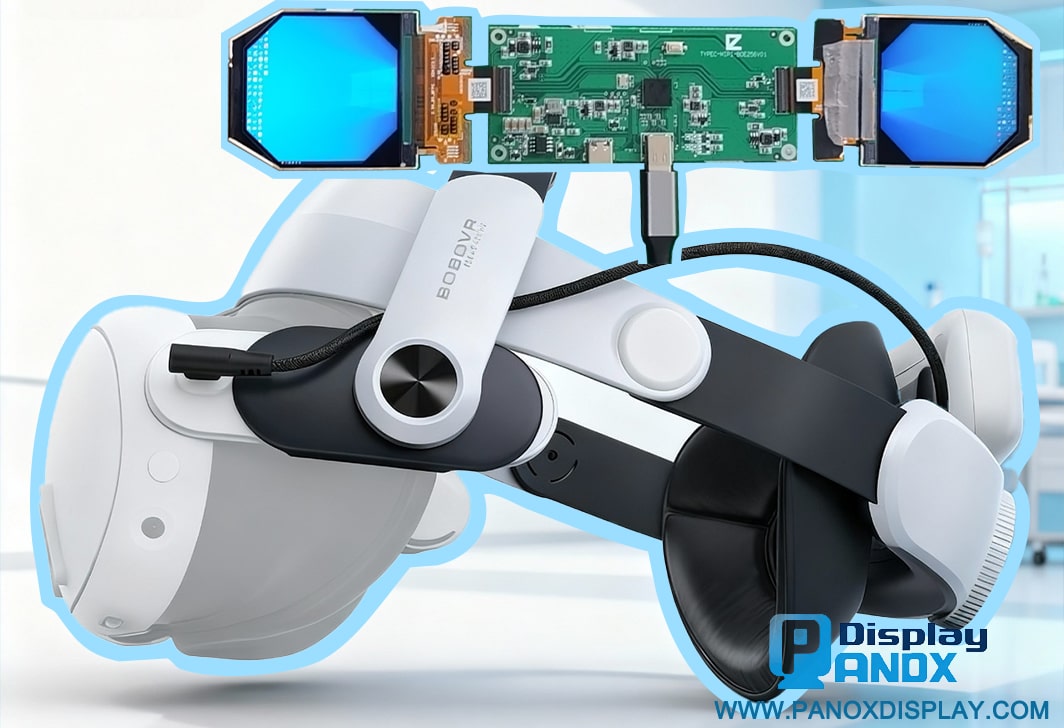
A head mounted display (HMD) is a wearable device that positions small screens directly in front of the eyes, projecting immersive images and environments. Commonly used in virtual reality (VR), augmented reality (AR), and mixed reality (MR), HMDs enable users to experience interactive 3D worlds or overlay digital content onto the real world, transforming how we learn, work, and play.
What Is a Head Mounted Display and How Does It Work?
A head mounted display is a portable visual device worn on the head, often resembling glasses, goggles, or helmets. It contains one or two small display panels—usually OLED or LCD—that project images directly in front of the user’s eyes. These images are magnified and focused through lenses to fill the user’s field of view, creating an immersive visual experience.
HMDs incorporate several key components:
-
Display Panels: High-resolution microdisplays that render images close to the eyes.
-
Optics: Lenses or waveguides that magnify and focus images.
-
Motion Sensors: Gyroscopes, accelerometers, and sometimes external cameras track head orientation and position.
-
Processing Units: Onboard or connected processors handle image rendering and sensor data fusion.
-
Audio Systems: Integrated headphones or spatial audio enhance immersion.
By continuously tracking head movements, the HMD adjusts the displayed images in real time, maintaining a natural perspective and depth perception. This dynamic response is essential for VR environments and AR overlays.
How Do Head Mounted Displays Differ Between VR, AR, and MR?
HMDs vary based on their application:
| Type | Display Mode | User Experience | Example Devices |
|---|---|---|---|
| Virtual Reality (VR) | Fully computer-generated imagery | Immerses user in a virtual world | Oculus Quest, Valve Index |
| Augmented Reality (AR) | Combines real-world view with CGI | Overlays digital info on real world | Microsoft HoloLens, Magic Leap |
| Mixed Reality (MR) | Interactive blend of real and virtual | Allows interaction with both worlds | Varjo XR-3, HoloLens 2 |
VR HMDs block out the real world entirely, while AR and MR devices allow users to see and interact with their physical surroundings enhanced by digital content.
Which Display Technologies Are Used in Head Mounted Displays?
Two primary display technologies dominate HMDs:
-
OLED (Organic Light-Emitting Diode): Known for deep blacks, high contrast, and vibrant colors. OLED panels are favored for their fast response times and energy efficiency, making them ideal for VR headsets.
-
LCD (Liquid Crystal Display): Offers high resolution and brightness, often at a lower cost. Advanced LCDs like IPS and TFT variants provide wide viewing angles and sharp images.
Panox Display specializes in supplying both OLED and LCD panels tailored for HMDs, including microdisplays and flexible variants that fit compact headset designs. Their expertise ensures optimal visual quality and reliability in VR and AR devices.
How Do Head Mounted Displays Track User Movement?
Accurate tracking is vital for immersive experiences. HMDs use a combination of sensors:
-
Inertial Measurement Units (IMUs): Gyroscopes and accelerometers detect rotational and linear motion.
-
External Cameras and Infrared Sensors: Provide positional tracking within a room-scale environment.
-
Eye Tracking: Some advanced HMDs monitor eye movements to enhance rendering efficiency and interaction.
Sensor fusion combines these inputs to update the display in real time, reducing latency and motion sickness.
Why Are Head Mounted Displays Important Across Industries?
HMDs have revolutionized multiple sectors:
-
Gaming and Entertainment: Deliver immersive VR experiences and interactive AR games.
-
Education and Training: Simulate complex scenarios for medical, military, and industrial training.
-
Manufacturing and Maintenance: AR HMDs provide technicians with hands-free access to instructions and diagnostics.
-
Healthcare: Assist in surgery planning, therapy, and rehabilitation.
-
Military and Aerospace: Enhance situational awareness with helmet-mounted displays.
Panox Display supports these industries by providing high-quality, customizable display solutions that meet rigorous performance and durability standards.
What Are the Challenges Facing Head Mounted Displays Today?
Despite rapid advancements, HMDs face several challenges:
-
Weight and Comfort: Extended wear requires lightweight materials and ergonomic design.
-
Field of View (FoV): Many devices have limited FoV, impacting immersion.
-
Resolution and Screen Door Effect: Pixel density must improve to avoid visible gaps between pixels.
-
Latency: Delays between movement and image update can cause discomfort.
-
Battery Life: Wireless HMDs need efficient power management for longer sessions.
Manufacturers like Panox Display continuously innovate to overcome these hurdles by developing advanced OLED/LCD panels and integrated system solutions.
How Does Panox Display Contribute to the Advancement of Head Mounted Displays?
Panox Display plays a critical role by:
-
Supplying premium OLED and LCD panels that deliver vivid colors, high contrast, and fast refresh rates essential for immersive HMD experiences.
-
Offering customized display solutions including microdisplays and flexible panels tailored for compact headset designs.
-
Providing complete system components such as controller boards and touch panels to streamline device integration.
-
Supporting startups and SMEs with low MOQ manufacturing, enabling innovation in emerging VR and AR markets.
Their commitment to quality and innovation helps drive the evolution of HMD technology worldwide.
When Did Head Mounted Displays First Emerge and How Have They Evolved?
The concept of HMDs dates back to the 1960s with early prototypes like Ivan Sutherland’s "Sword of Damocles." Over decades, advances in display technology, miniaturization, and computing power have transformed bulky, low-resolution devices into sleek, high-performance VR and AR headsets.
Key milestones include:
-
Introduction of LCD and OLED microdisplays in the 2000s.
-
Commercial VR headsets like Oculus Rift in the 2010s.
-
Emergence of standalone wireless HMDs such as Meta Quest series.
-
Integration of eye tracking, hand tracking, and mixed reality capabilities in recent years.
Panox Display has been part of this evolution by supplying cutting-edge display components since 2015.
Can Head Mounted Displays Replace Traditional Screens?
While HMDs offer unparalleled immersion, they complement rather than replace traditional screens for most users. Their strengths lie in:
-
Immersive training and simulation.
-
Interactive gaming and entertainment.
-
Hands-free information access in professional settings.
However, for everyday computing, productivity, and media consumption, conventional monitors and TVs remain preferred due to comfort and ease of use.
Panox Display Expert Views
"Head mounted displays represent a convergence of optical engineering, display technology, and sensor integration that redefine how we interact with digital content. At Panox Display, our focus is on delivering high-performance OLED and LCD panels that meet the demanding visual and ergonomic requirements of modern HMDs. By enabling sharper images, wider fields of view, and lower latency, we help manufacturers create devices that truly immerse users in virtual and augmented worlds. Our dedication to customization and quality ensures that innovators across gaming, healthcare, and industry can rely on Panox Display as a trusted partner in advancing immersive technologies."
— Chief Technology Officer, Panox Display
What Are the Future Trends in Head Mounted Display Technology?
Looking ahead, HMDs are expected to evolve with:
-
Higher resolution microdisplays to eliminate screen door effect.
-
Lighter, more ergonomic designs for extended use.
-
Advanced waveguide optics for clearer, brighter AR experiences.
-
Improved eye and hand tracking for natural interaction.
-
AI-powered adaptive rendering to optimize performance.
-
Integration with 5G and cloud computing for seamless streaming VR content.
Panox Display is actively developing next-generation display solutions to meet these future demands.
How Can Users Choose the Right Head Mounted Display?
When selecting an HMD, consider:
-
Purpose: Gaming, professional use, or mixed reality applications.
-
Display quality: Resolution, refresh rate, and panel type.
-
Comfort: Weight, adjustability, and ventilation.
-
Tracking capabilities: 3DOF vs. 6DOF, inside-out vs. external sensors.
-
Compatibility: PC-tethered, standalone, or smartphone-based.
-
Ecosystem: Available content and software support.
Panox Display’s versatile product range supports a wide variety of HMD designs, ensuring options for diverse user needs.
Conclusion
Head mounted displays have transformed digital interaction by delivering immersive, interactive visual experiences across gaming, industry, education, and healthcare. Powered by advanced OLED and LCD technologies from suppliers like Panox Display, HMDs continue to evolve with improved optics, tracking, and ergonomics. As challenges like weight and latency are addressed, and new innovations emerge, HMDs are poised to become even more integral to how we work, learn, and play.
Frequently Asked Questions
Q1: What is the difference between VR and AR head mounted displays?
VR HMDs fully immerse users in a virtual environment, while AR HMDs overlay digital content onto the real world.
Q2: Why are OLED panels preferred in many HMDs?
OLEDs offer high contrast, vibrant colors, and fast response times, enhancing visual quality and reducing motion blur.
Q3: How important is tracking in an HMD?
Tracking is critical for adjusting images based on head movement, ensuring immersion and reducing motion sickness.
Q4: Can Panox Display provide custom display solutions for HMD manufacturers?
Yes, Panox Display offers customized OLED and LCD panels, along with system components, supporting innovation in HMD design.
Q5: Are wireless head mounted displays better than tethered ones?
Wireless HMDs offer freedom of movement but may have lower performance; tethered HMDs provide higher graphics quality but require connection to a PC.











